Attention Linux and macOS users! Critical vulnerabilities in the ncurses library have been discovered.
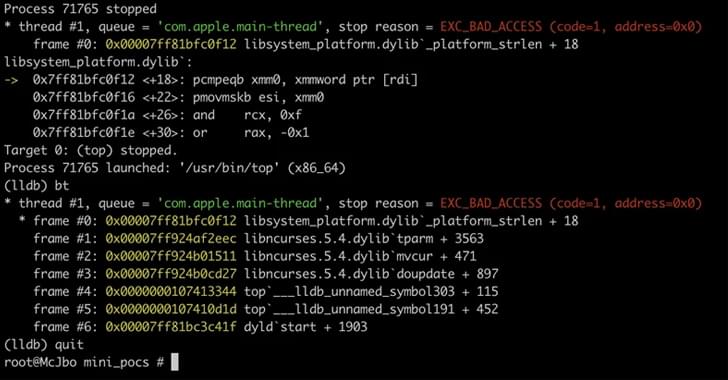


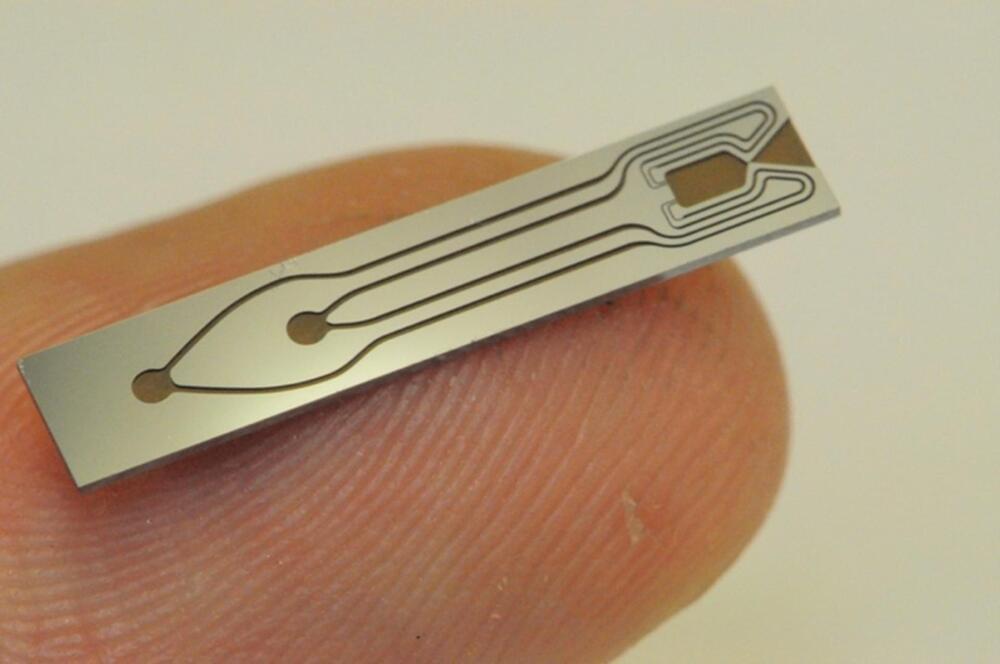
Designed to manoeuvre the smallest classes of satellite, the operation of this Iridium Catalysed Electrolysis CubeSat Thruster (ICE-Cube Thruster) developed with Imperial College in the UK is based on electrolysis.
This tiny fingernail-length space thruster chip runs on the greenest propellant of all: water.
Avoiding any need for bulky gaseous propellant storage, an associated electrolyser runs a 20-watt current through water to produce hydrogen and oxygen to propel the thruster.
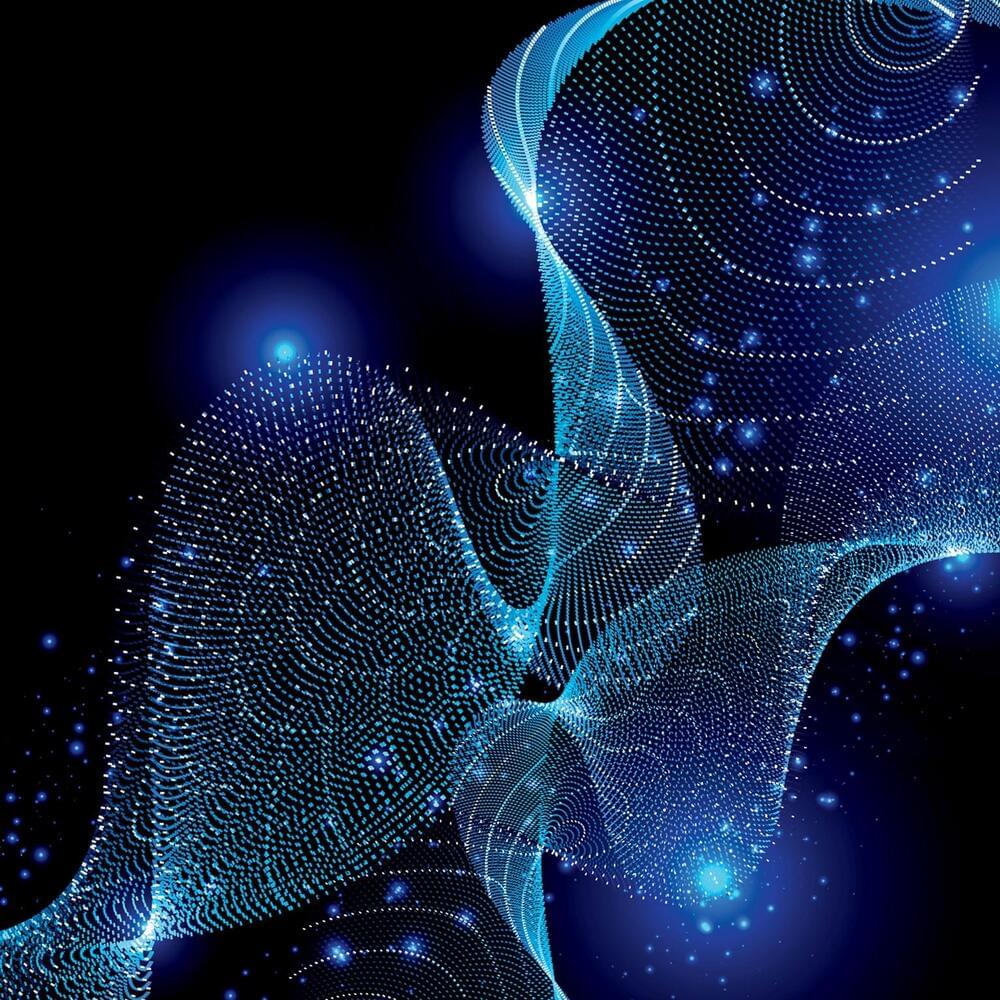
Any physical object, alive or inanimate, is composed of atoms and subatomic particles that interact in different ways governed by the principles of quantum mechanics. Some particles are in a pure state—they remain fixed and unchanged. Others are in a quantum state—a concept that can be difficult to understand because it involves having a particle occupy multiple states simultaneously. For instance, an electron in a pure state spins up or down; in a quantum state, also referred to as superposition, it spins up and down simultaneously. Another quantum principle states that particles can be in a state of entanglement in which changes in one directly affect the other. The principles of superposition and entanglement are fundamental to quantum computing.
Quantum bits, or qubits, are the smallest units of data that a quantum computer can process and store. In a pure state, qubits have a value of 1 or 0, similar to the bits used in computing today. In superposition, they can be both of these values simultaneously, and that enables parallel computations on a massive scale. While classical computers must conduct a new calculation any time a variable changes, quantum computers can explore a problem with many possible variables simultaneously.
Existing computers, although sufficient for many applications, can’t fully support all of the changes required to create a connected and intelligent-mobility ecosystem. Quantum computing (QC) could potentially provide faster and better solutions by leveraging the principles of quantum mechanics—the rules that govern how atoms and subatomic particles act and interact. (See sidebar, “Principles of quantum computing,” for more information). Over the short term, QC may be most applicable to solving complex problems involving small data sets; as its performance improves, QC will be applied to extremely large datasets.
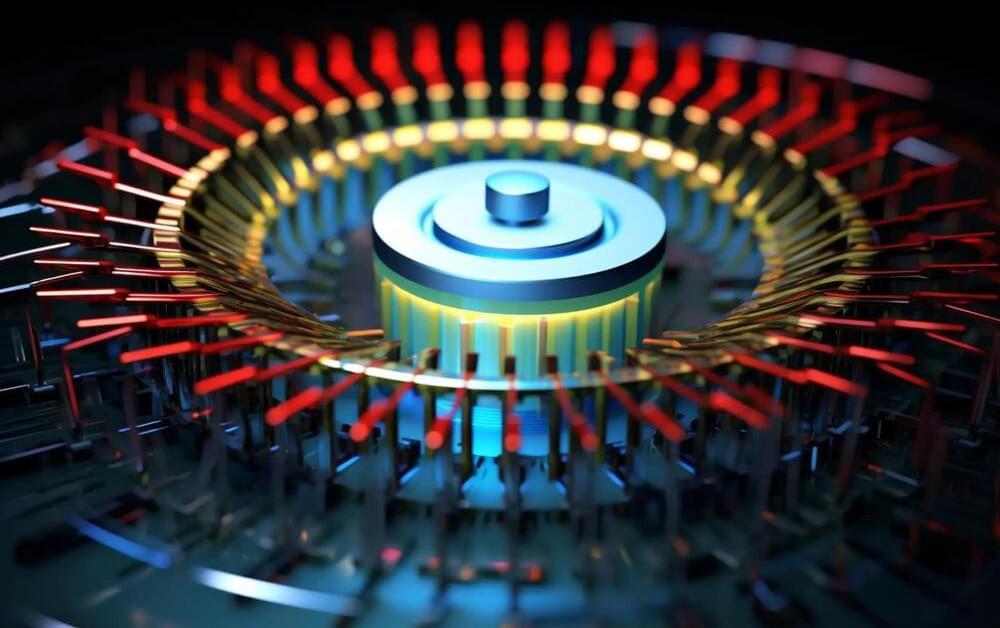
Researchers in Germany and Japan have been able to increase the diffusion of magnetic whirls, so-called skyrmions, by a factor of ten.
In today’s world, our lives are unimaginable without computers. Up until now, these devices process information using primarily electrons as charge carriers, with the components themselves heating up significantly in the process. Active cooling is thus necessary, which comes with high energy costs. Spintronics aims to solve this problem: Instead of utilizing the electron flow for information processing, it relies on their spin or their intrinsic angular momentum. This approach is expected to have a positive impact on the size, speed, and sustainability of computers or specific components.
Magnetic whirls store and process information.
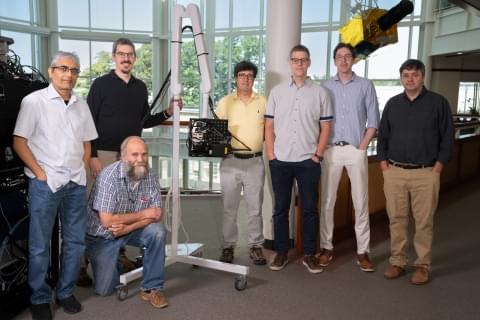
🏅 R&D 100 Award Winner 🏅
The Noncontact Laser Ultrasound (NCLUS) is a portable laser-based system that acquires ultrasound images of human tissue without touching a patient. It offers capabilities comparable to those of an MRI and CT but at vastly lower cost in an automated and portable platform.
In addition to receiving an R&D 100 Award, NCLUS received the Silver Medal in the Special Recognition: Market Disruptor Products category. Congratulations to the NCLUS team!
Researchers from MIT Lincoln Laboratory and their collaborators at the Massachusetts General Hospital (MGH) Center for Ultrasound Research and Translation (CURT) have developed a new medical imaging device: the Noncontact Laser Ultrasound (NCLUS). This laser-based ultrasound system provides images of interior body features such as organs, fat, muscle, tendons, and blood vessels. The system also measures bone strength and may have the potential to track disease stages over time.
“Our patented skin-safe laser system concept seeks to transform medical ultrasound by overcoming the limitations associated with traditional contact probes,” explains principal investigator Robert Haupt, a senior staff member in Lincoln Laboratory’s Active Optical Systems Group. Haupt and senior staff member Charles Wynn are co-inventors of the technology, with assistant group leader Matthew Stowe providing technical leadership and oversight of the NCLUS program. Rajan Gurjar is the system integrator lead, with Jamie Shaw, Bert Green, Brian Boitnott (now at Stanford University), and Jake Jacobsen collaborating on optical and mechanical engineering and construction of the system.
Medical ultrasound in practice
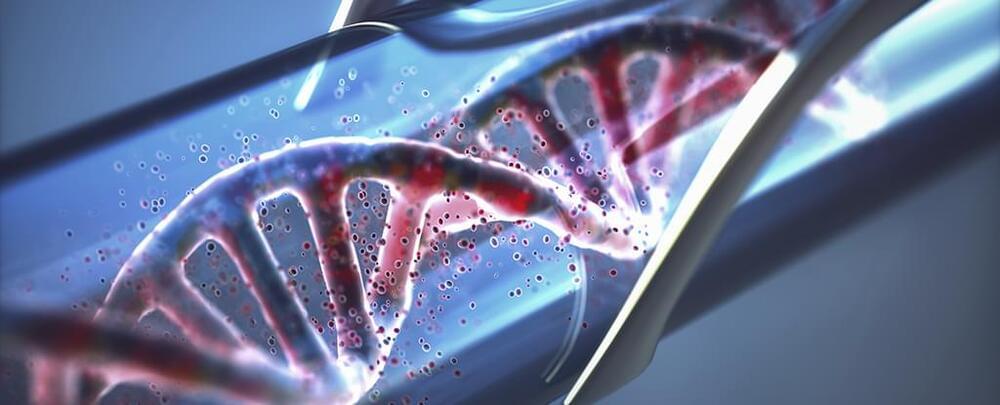
For eons, deoxyribonucleic acid (DNA) has served as a sort of instruction manual for life, providing not just templates for a vast array of chemical structures but a means of managing their production.
In recent years engineers have explored a subtly new role for the molecule’s unique capabilities, as the basis for a biological computer. Yet in spite of the passing of 30 years since the first prototype, most DNA computers have struggled to process more than a few tailored algorithms.
A team researchers from China has now come up with a DNA integrated circuit (DIC) that’s far more general purpose. Their liquid computer’s gates can form an astonishing 100 billion circuits, showing its versatility with each capable of running its own program.
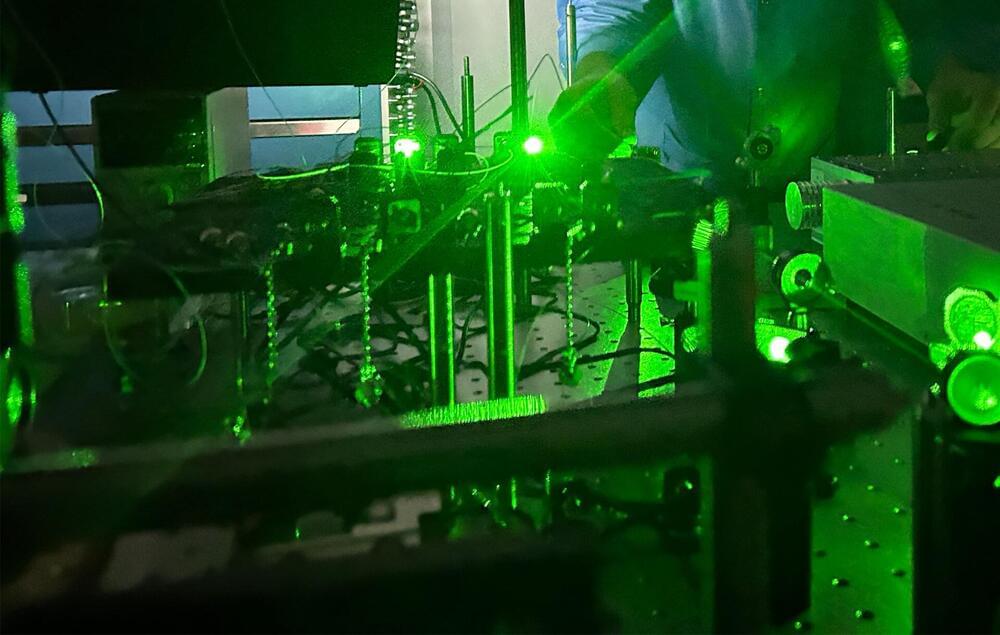
Using laser light, researchers have developed the most robust method currently known to control individual qubits made of the chemical element barium. The ability to reliably control a qubit is an important achievement for realizing future functional quantum computers.
The paper, “A guided light system for agile individual addressing of Ba+ qubits with 10−4 level intensity crosstalk,” was published in Quantum Science and Technology.
This new method, developed at the University of Waterloo’s Institute for Quantum Computing (IQC), uses a small glass waveguide to separate laser beams and focus them four microns apart, about four-hundredths of the width of a single human hair. The precision and extent to which each focused laser beam on its target qubit can be controlled in parallel is unmatched by previous research.

A team of scientists with the Department of Energy’s Oak Ridge National Laboratory has investigated the behavior of hafnium oxide, or hafnia, because of its potential for use in novel semiconductor applications.
Materials such as hafnia exhibit ferroelectricity, which means that they are capable of extended data storage even when power is disconnected and that they might be used in the development of new, so-called nonvolatile memory technologies. Innovative nonvolatile memory applications will pave the way for the creation of bigger and faster computer systems by alleviating the heat generated from the continual transfer of data to short-term memory.
The scientists explored whether the atmosphere plays a role in hafnia’s ability to change its internal electric charge arrangement when an external electric field is applied. The goal was to explain the range of unusual phenomena that have been obtained in hafnia research. The team’s findings were recently published in Nature Materials. The title of the paper is “Ferroelectricity in hafnia controlled via surface electrochemical state.”

Researchers at Max Planck Institute of Quantum Optics (MPQ) and Technical University of Munich (TUM) demonstrated a potential platform for large-scale quantum computing and communication networks. Secure quantum networks are of interest to financial institutions, medical facilities, government agencies, and other organizations that handle personal data and classified information due to their much higher level of security.
To create an environment that supported quantum computing, the researchers excited individual atoms of the rare-earth metal erbium. The excitation process caused the erbium atoms to emit single photons with properties suitable for the construction of quantum networks.